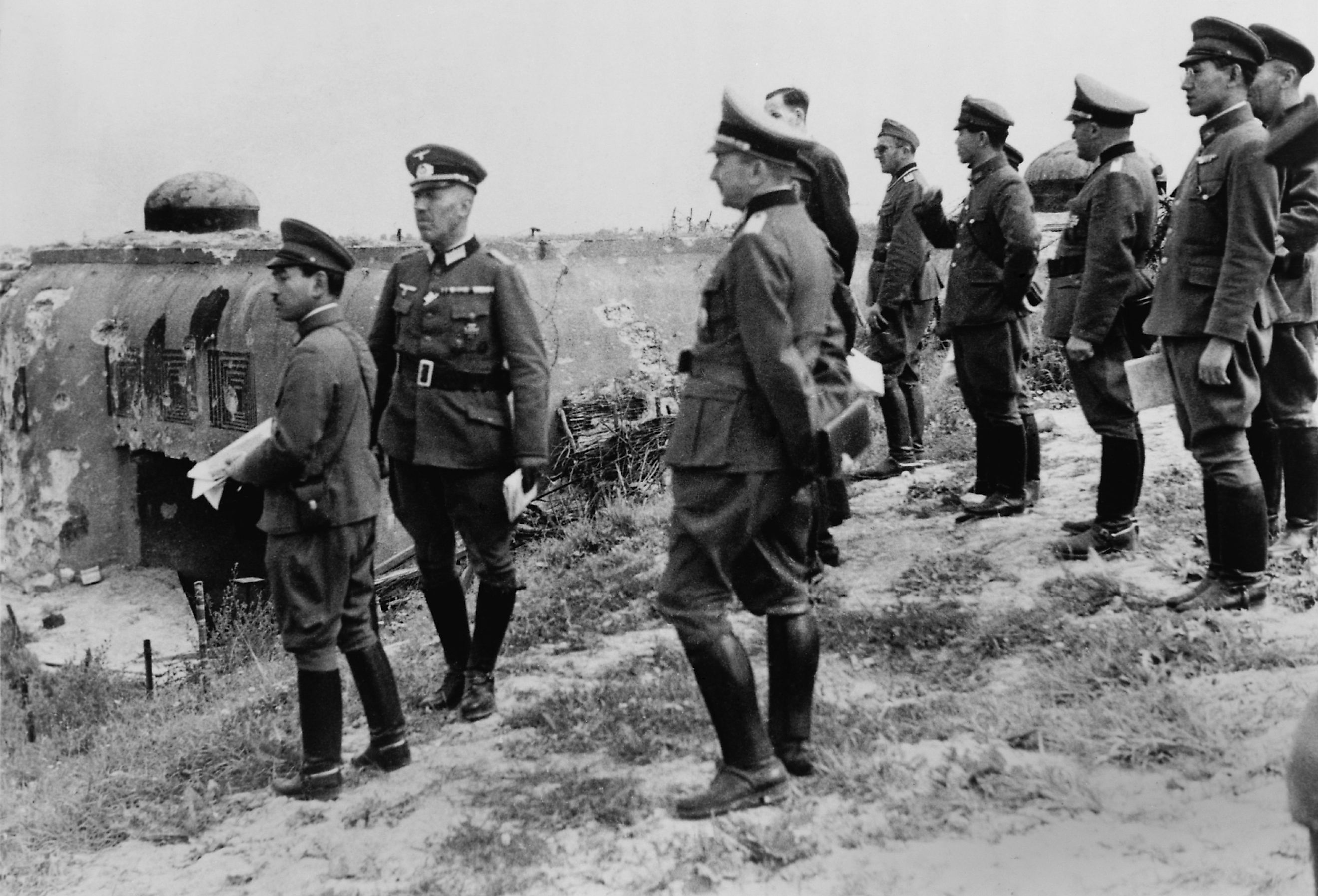
The Breaking of the Maginot Line
The Maginot Line, a series of fortifications and defenses built by France along its borders with Germany and Italy after World War I, was considered an impregnable barrier against potential invasions. However, during World War II, the German forces managed to bypass and break through this line. This significant military maneuver marked a turning point in the early stages of the war, demonstrating the effectiveness of the German Blitzkrieg (lightning war) tactics and the vulnerability of static defenses in the face of mobile warfare. Ultimately, it precipitated the rapid fall of France in the spring of 1940.
Background
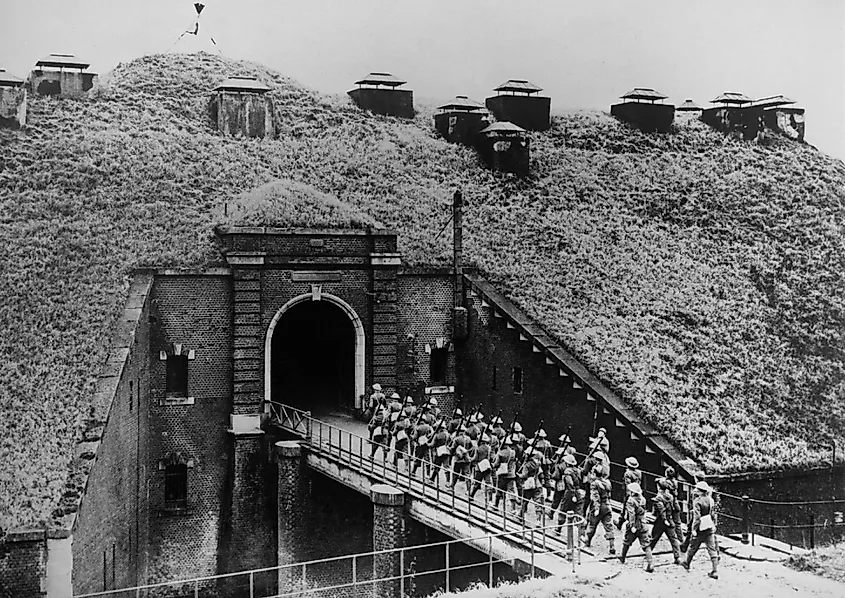
Following the outbreak of World War II, the Maginot Line initially appeared to do its job. After the invasion of Poland in September 1939, in which the Nazis and Soviets jointly attacked and occupied the country, roughly half a year followed in which there was little fighting. This "Phoney War" can partially be attributed to the Maginot Line, with the Germans unsure how to break or bypass it. Nonetheless, military operations recommenced in April 1940 with the invasion of Denmark and Norway. The invasion of the Low Countries (the Netherlands, Belgium, Luxembourg) followed on May 10th.
The Invasion of the Low Countries
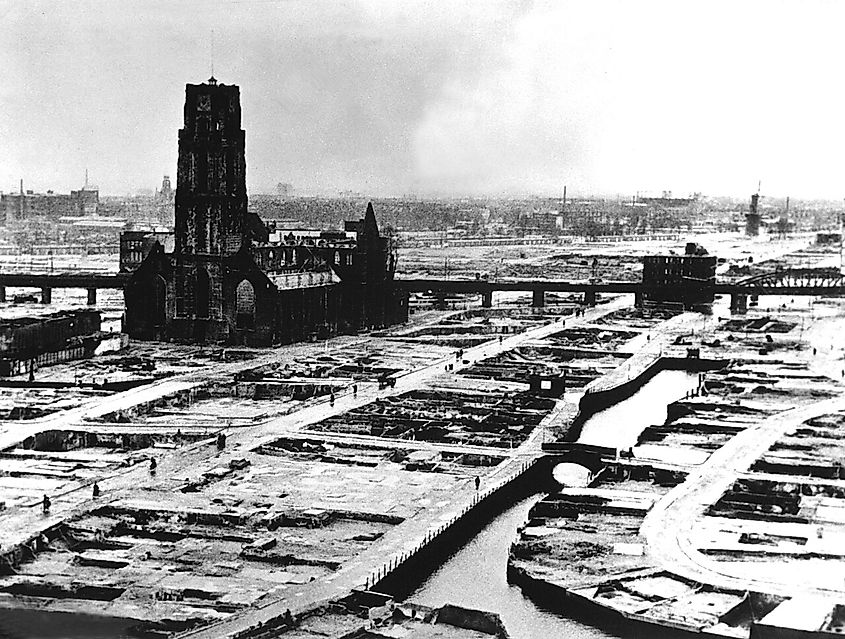
The attacks on Luxembourg and the Netherlands were quick affairs. Luxembourg only took a day to occupy, whereas the Netherlands took about a week to fall. In the latter instance, paratrooper usage in conjunction with ground soldiers allowed the Germans to quickly occupy the country. When combined with the bombing of Rotterdam on May 14th, along with German threats to devastate other cities, this forced the Dutch Army to surrender. Finally, the invasion of Belgium took the longest, with the attack lasting about two and a half weeks. During this time, the Belgian Army was gradually pushed into a corner in the northwest of the country, before finally surrendering on May 28th. Crucially, however, with the occupation of Belgium, the Germans had unlocked the key to bypassing the Maginot Line.
The Breaking of the Maginot Line
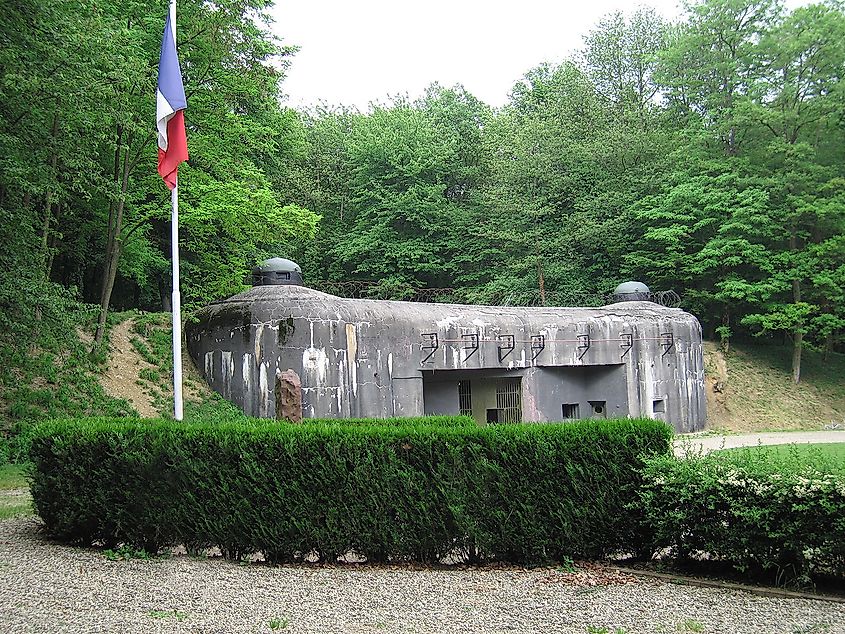
With the French-Belgian border being mostly covered by the Ardennes Forest, many believed that it would function as an effective natural barrier. This resulted in the region being less heavily fortified. But, the Germans simply went through the forest, completely surprising the Allies. They also threw several troops directly at the Maginot Line, finding some success in the process. However, most of the Wehrmacht was focused on racing to the English Channel to cut off the Allies. This rapid advance was largely possible due to the Nazis' Blitzkrieg tactics, and by late May, English and French troops were surrounded at the beaches in Dunkirk. Despite a seemingly miraculous evacuation of hundreds of thousands of soldiers, the event was a strategic catastrophe for the Allies, with them losing significant amounts of equipment and any foothold on the European continent.
Aftermath
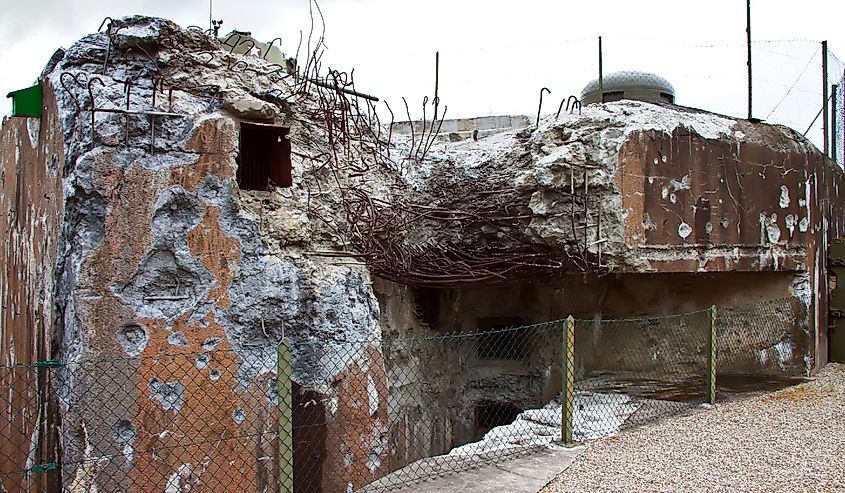
It took France about six weeks to fall, with large-scale fighting ending in early June. The Germans directly occupied about 60 percent of the country, with the other 40 percent being set up as a Nazi Puppet state known as Vichy France (named after the location of its capital). Establishing such a regime was fairly easy; French domestic politics in the 1930s saw a split between the far left and the far right, meaning that there were many willing collaborators. One such individual was Philippe Pétain, a First World War general and a popular public figure in France. Thus, when he was made the head of Vichy, this gave the regime air of legitimacy, playing a key role in most French civilians and colonies staying loyal.
More generally, the breaking of the Maginot Line and the fall of France allowed Germany to focus its efforts elsewhere. First came the Battle of Britain, with Germany attempting to destroy the United Kingdom's (UK) air force before a full-scale invasion of the country. But, these efforts failed, and plans for a landing on the British Isles were abandoned in the spring of 1941. Italian forces also embarked on campaigns in North Africa and the Balkans in 1940 and 1941. However, these proved impotent and German troops were forced to come to Italy's aid. Finally, on June 22nd, 1941, Germany invaded the Soviet Union (USSR), marking the opening of the war's largest front.
Conclusion
The Maginot Line failed to prevent a German invasion of France. Its weakness on the French-Belgian border meant that the Wehrmacht caught the Allied forces off-guard. Furthermore, Blitzkrieg tactics contributed to France's rapid fall, allowing the German war machine to turn its attention elsewhere.











